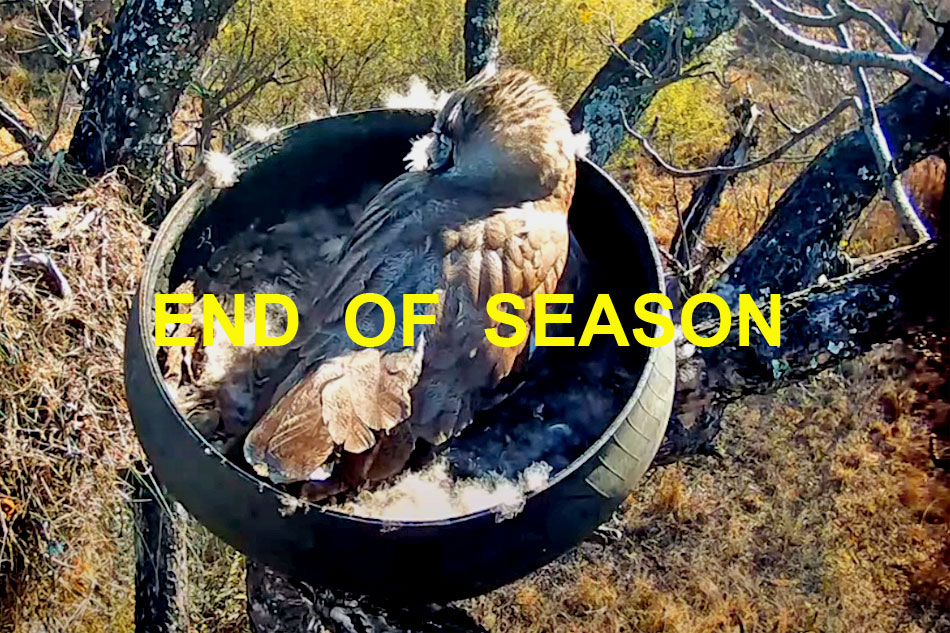The Verreaux's Eagle-owl is named after Jules Verreaux - a botanist and ornithologist from France.
Found throughout Sub-Saharan Africa, the Verreaux's eagle-owl prefers to make its home in dry savanna dotted with trees and thorny shrubs. They are nocturnal birds and roost by day in trees, with large, shaded horizontal branches of tall, old trees being preferred.
The Verreaux's eagle-owl is mainly grey in colour and is distinguishable from other large owls by its bright pink eyelids, a feature shared with no other owl species.
On average, the female lays two white eggs, reportedly at 7 day intervals. Incubation is carried out by the female for 33 to 39 days, during which period she is fed by the male. Due to the extreme interval between the hatching of the first and the second egg, the older owlet is always considerably larger than the second and the smaller chick usually dies in the nest.
During the brooding stage, which lasts about 20 days after hatching, the female is still fed by the male, but resumes hunting thereafter. On average, the young Verreaux's eagle-owl leaves the nest at around 62–63 days but cannot fly at this point and it continues to rely on its parents for food. It is not until they are about 5 months old that most young Verreaux's eagle-owls show the ability to capture prey for themselves.


